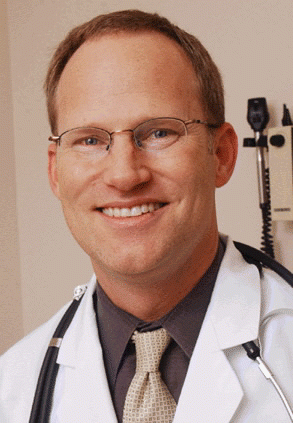As state legislators and governors close clinics and restrict physicians’ practices in women’s health and gender-affirming care, they’ve now set their sights on the curriculum of medical and graduate medical education.


As state legislators and governors close clinics and restrict physicians’ practices in women’s health and gender-affirming care, they’ve now set their sights on the curriculum of medical and graduate medical education.
It’s a fact: An increasing number of American women are entering medicine. In the U.S. today, half of matriculating medical students, and 28 percent of all practicing physicians, are women.

Within the ongoing discussion on the need to reform the delivery of health care in the United States to better balance issues of cost, quality, and accessibility is an underlying issue that, if not sufficiently recognized, will undermine all efforts at reform.

It has been suggested that since its introduction in 1992, the term evidence-based medicine (EBM) has reached almost iconic status within the medical lexicon.


The number of people looking for a nip here, a tuck there, a new nose, or higher brows is on the rise.